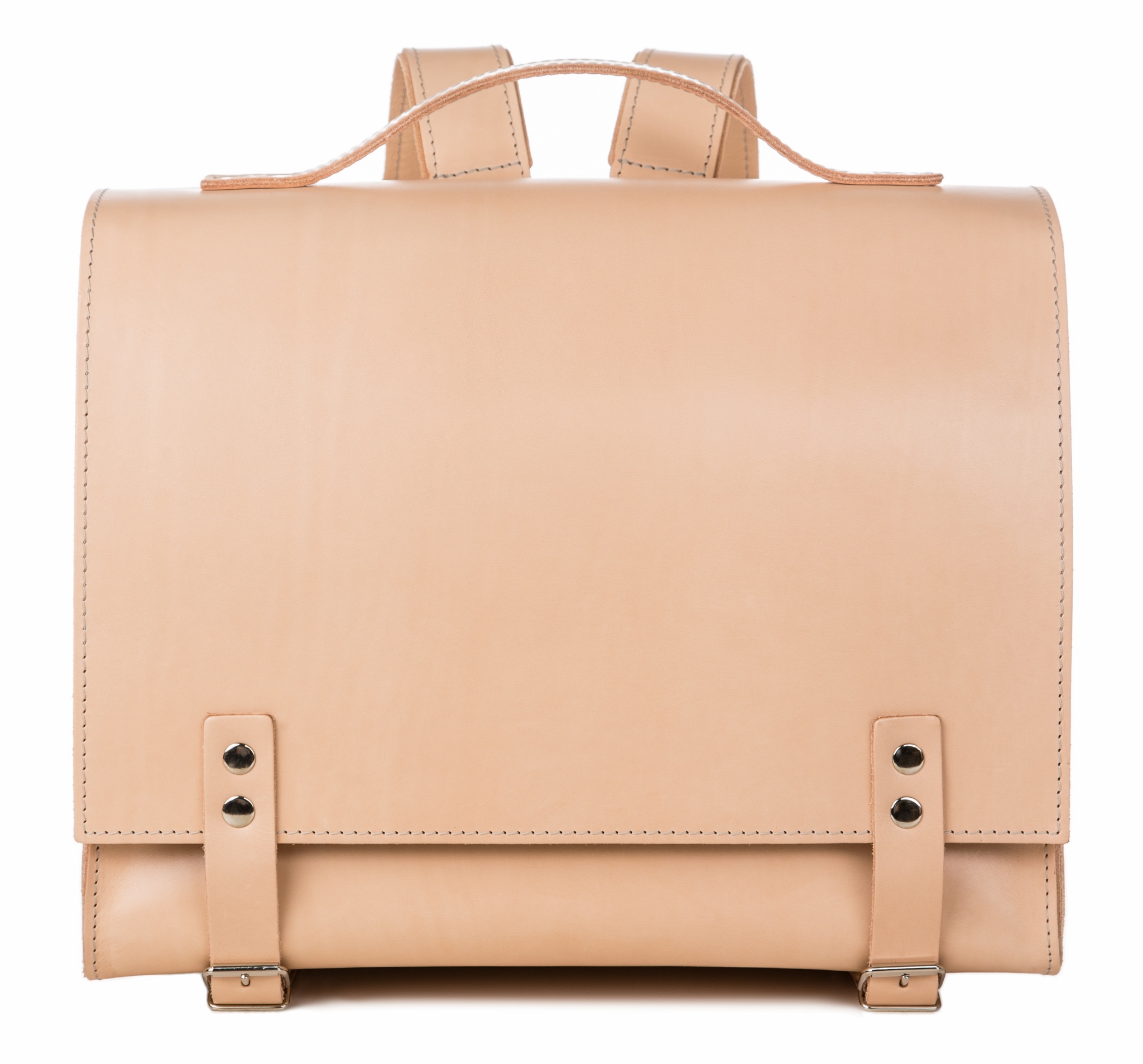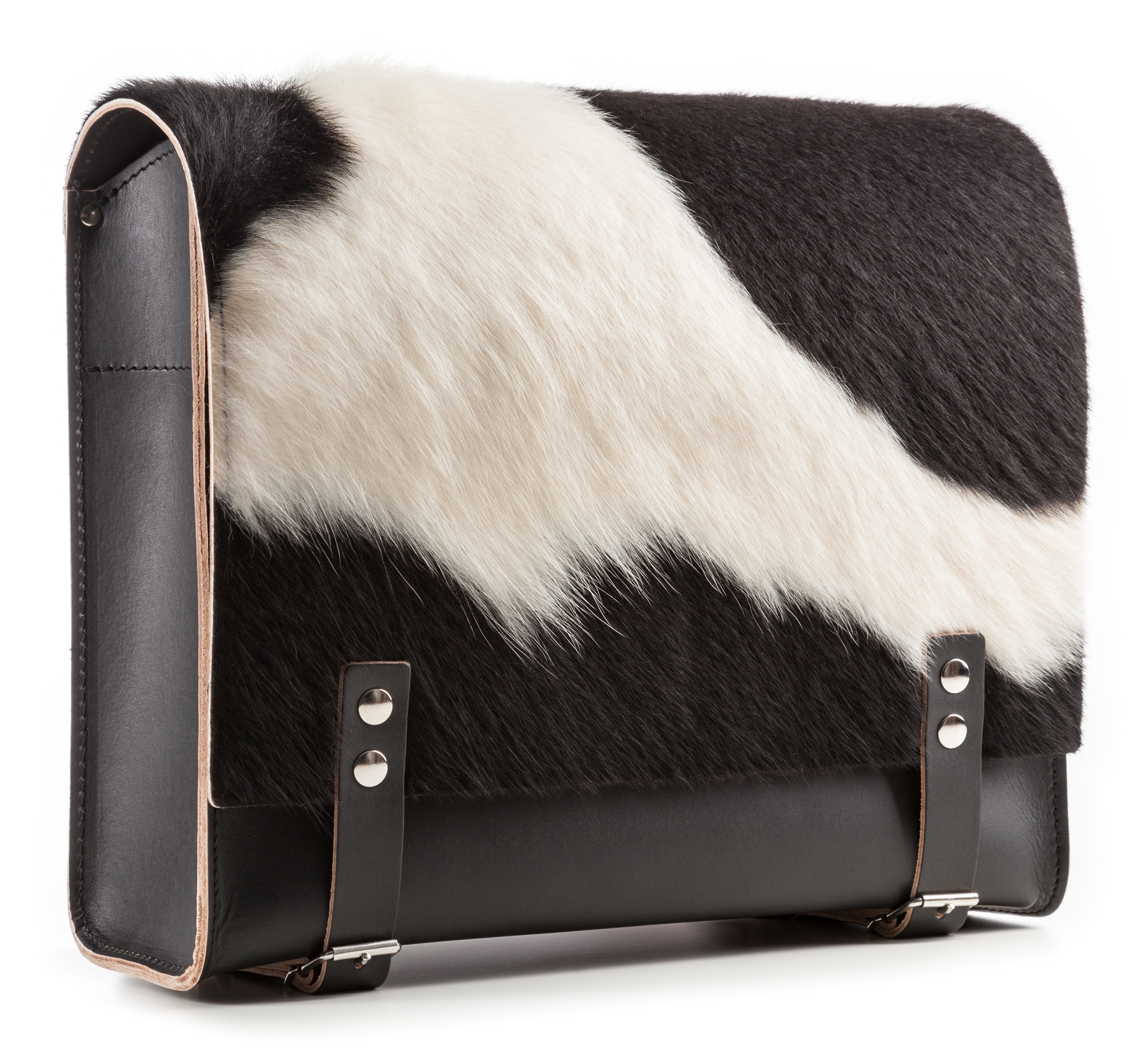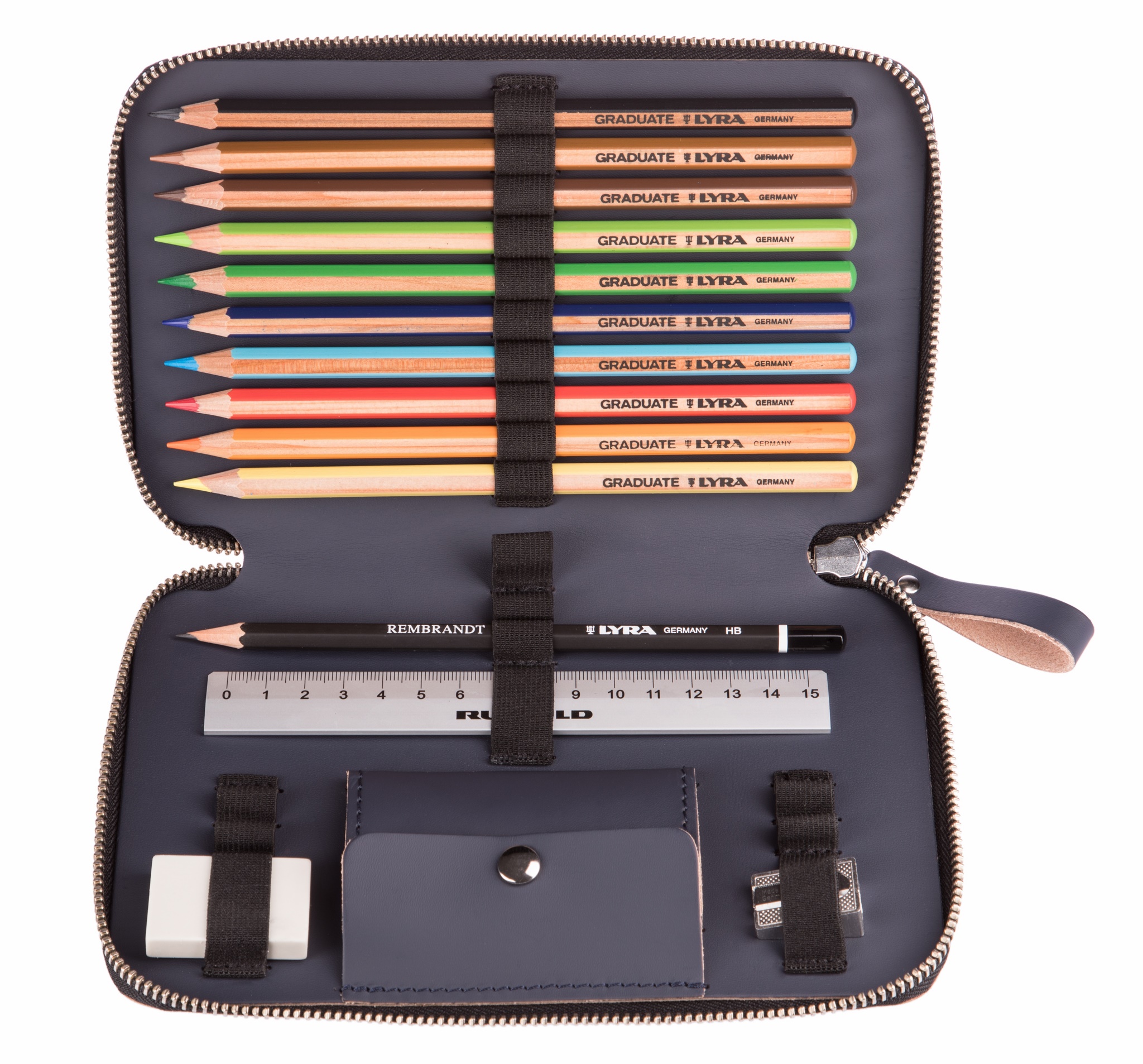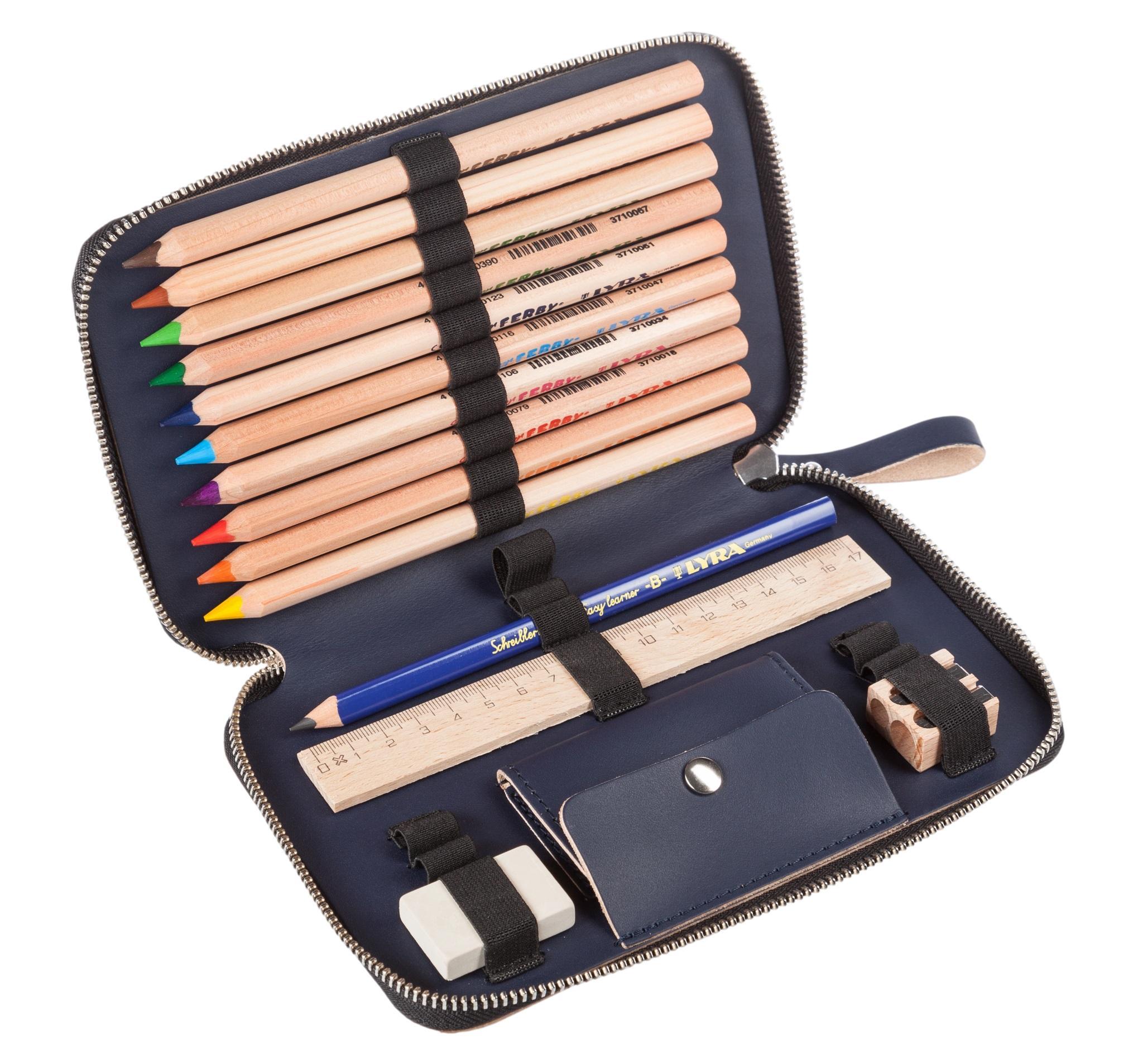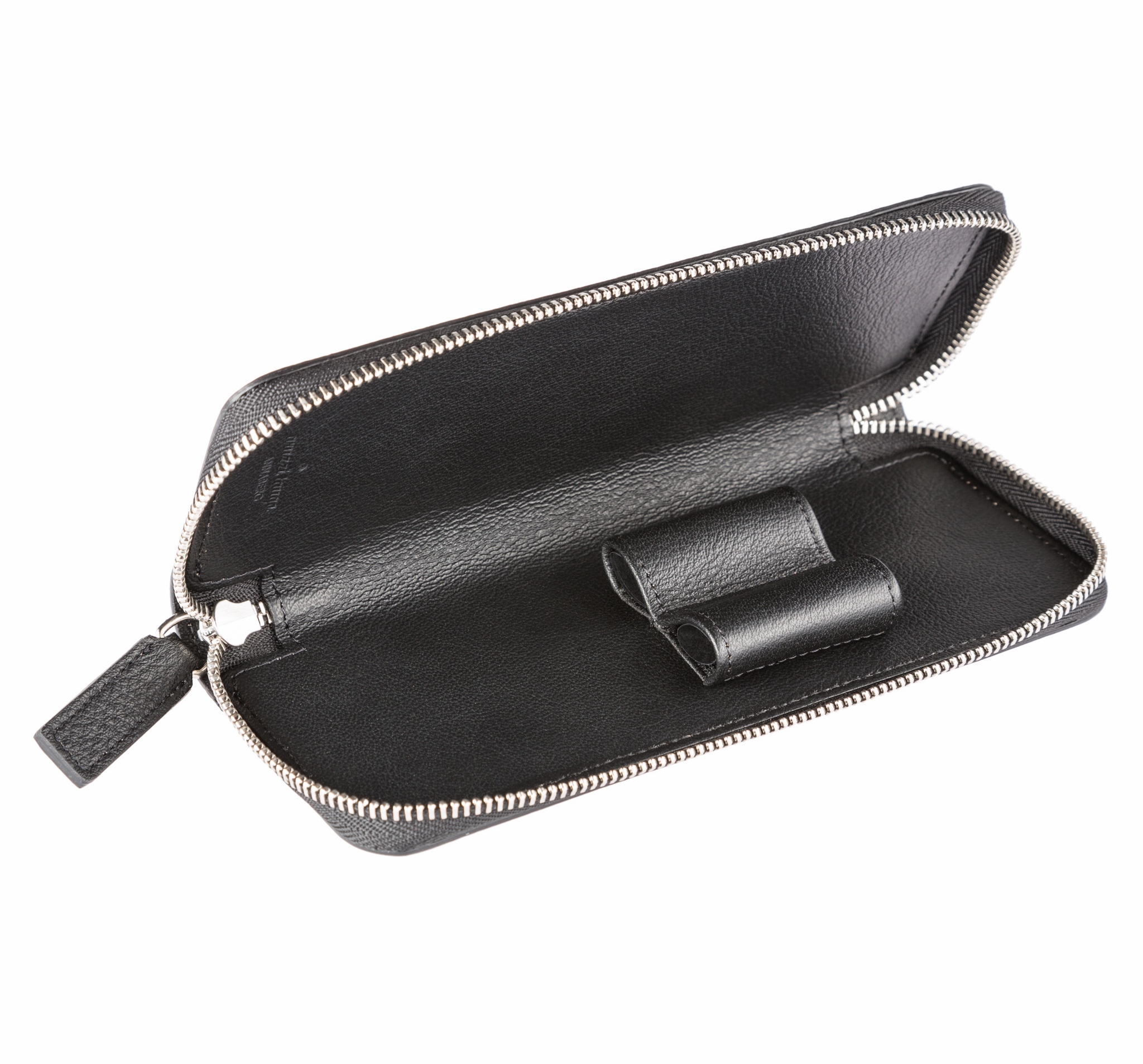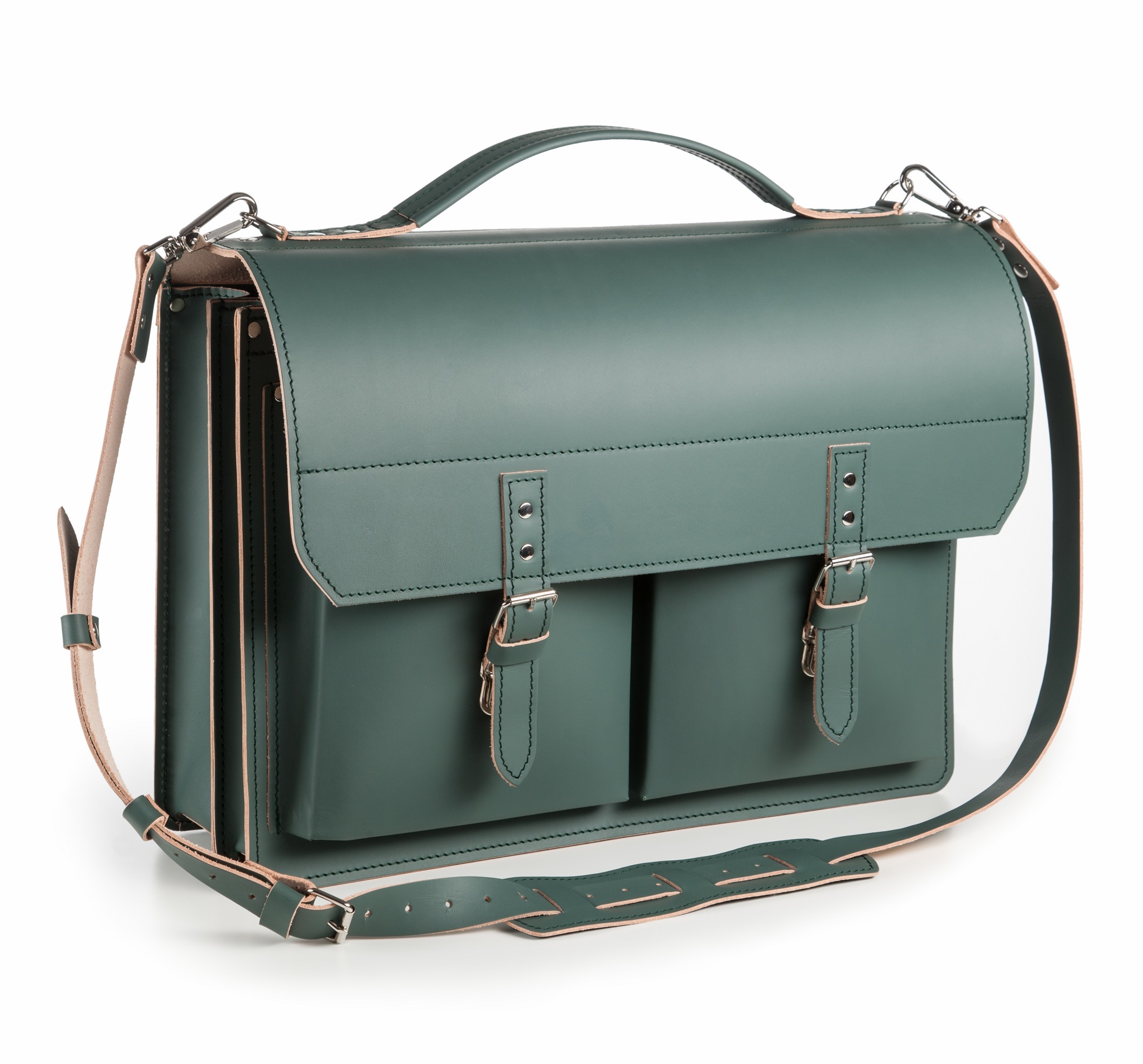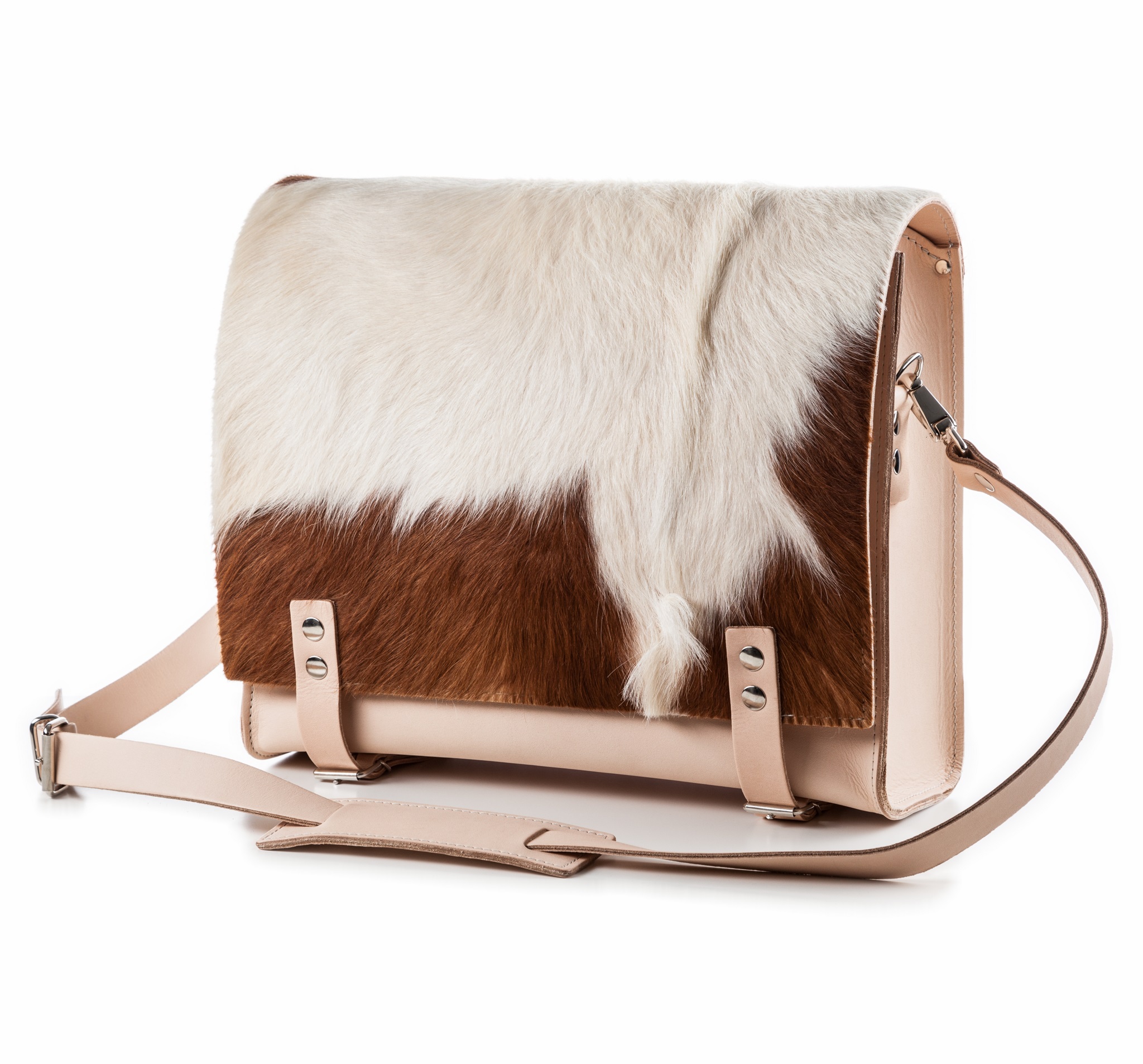Leather Guide. Things to know about leather
Leather is a natural product. Naturally grown. Created without any substantial change to its natural quality. Similar to wood or wool, leather possesses properties that cannot be produced in this way by plastics to this day. For example, the use of leather in instrument making is irreplaceable. While enthusiasts are enthusiastic about the unique quality of leather, critics take offence at the production conditions. Leather is a by-product of (mainly industrial) meat production. The hides of animals whose meat is manufactured and prepared for consumption are processed into leather. With the exception of some reptiles, no animal is killed merely to produce leather. Contrary to the portrayal of the animal rights organisation PETA, leather is not necessarily and inevitably the result of animal cruelty. As long as meat is consumed, the production of leather is a sensible use of a natural resource.
Today, about 1.5 billion square metres of leather are produced worldwide every year. A good half of the leather is processed by the shoe industry. The remaining half is mainly produced as upholstery leather for the furniture and automotive industries and as leather for clothing and leather goods. About 8 million square metres of leather are currently produced in Germany. Three quarters of the leather produced in Germany is used for the furniture and automotive industries, 15 % for the shoe industry and 10 % for the production of leather goods, especially equestrian articles. After Italy and Spain, Germany produces the third largest amount of leather in Europe. Today, Germany has a very small share in the worldwide production of leather, about half a percent.
Leather is produced in very heterogeneous qualities. Appearance, strength, softness (or stability), feel, abrasion resistance, lightfastness and harmful substances differ considerably. Leather is far from being leather. Although there is a Genuine Leather label, this mark does not differentiate enough to make it transparent for consumers to recognise the different types and qualities of leather. There is no compulsory leather labelling which, for example, indicates the origin and tanning of the leather as well as the ingredients. Bans on harmful substances in leather and leather products hardly exist. And the few bans that do exist contain very low limit values (e.g. chromium VI). Leather tested for harmful substances and products such as shoes, bags, sofas made of leather tested for harmful substances are a rarity. Due to a lack of transparency in the leather sector, it is currently hardly possible for consumers to make an informed decision when buying leather shoes and goods. The LEATHER GUIDE by aruzzi taugo® is intended to provide guidance.
(Natural) leather vs. artificial leather
The fact that it has not yet been possible to develop an alternative material equivalent to leather is due to the natural fibre structure of the skin, which cannot be reproduced synthetically. Nevertheless, leather imitations, so-called artificial leathers, are produced and used in many ways (and, due to the lack of leather labelling laws, are often labelled and sold internationally as leather). Imitation leather is the term used to describe plastic films (colloquially plastic foil) that imitate leather. For production, PVC powder is mixed with plasticisers and dye and kneaded at 170°C. If necessary, waxes and mineral fillers are added. The mass is drawn on rollers to form films or sheets and embossed. Imitation leather is available by the metre, which makes for easy and waste-saving processing. In addition to pure PVC films, multi-layer foamed films are also produced from a textile carrier fleece with a PVC top layer or PUR top layer. A well-known artificial leather based on textile fabric is Alcantara. Some designer bag labels process artificial leather without naming it as such. Instead, the proper names for the processed plastic foils tend to give the impression that it is particularly high-quality (natural) leather. Younger fashion labels are aggressively marketing imitation leather as an ethical alternative to natural leather. The ecological advantages for the manufacturer are obvious: low purchase and processing costs. But it is difficult to understand what makes a mineral-oil-based product like imitation leather (with its well-known "side effects" for humans and nature) particularly ethically valuable.
Leather fibre LEFA
In addition to foil and fabric artificial leather, the so-called leather fibre fabric, abbreviated LEFA, can be cited as another variant of artificial leather. There are two types of leather fibre fabric: on the one hand pure leather fibres with rubber latex, on the other hand a mixture as leather, textile and cellulose fibres with resin and bitumen glue. For the production of leather fibre, the fibres are obtained from both vegetable-tanned and chrome-tanned leather waste. In Anglo-Saxon, leather fibre materials are called bonded leather. From time to time one also finds the term "recycled leather". Certainly, the manufacturing process of leather fibre cloth can be described as recycling. However, calling a mixture of fibres, glue and softeners (recycled) leather sounds perhaps a little too euphemistic. Accordingly, it is also an inadmissible designation in Germany.
Leather, genuine leather and real leather
To distinguish the term leather from other materials, the Verband der Deutschen Lederindustrie e.V. (VDL) (Association of the German Leather Industry) has defined the term in the form of a so-called RAL agreement. The RAL number RAL 060 A2 (issue Mar 12) defines what may be called leather. Although RAL Agreements are voluntary determinations of the industry and not laws, courts interpret their content as a trade custom and the non-observance of RAL Agreements as a violation of the regulations of competition law. There are therefore permissible and impermissible designations for leather and leather-like materials.
Only tanned animal skin whose natural fibre structure has been preserved may be designated as leather, genuine leather or real leather. If leather has a surface coating (finish) of plastic, foil or varnish, the applied layer must not be thicker than 0.15 mm. If the coating exceeds the thickness of 0.15 mm, the designation coated leather must be used. In this case, however, the coating may not exceed one third of the total thickness of the material. The inimitable quality, the value of leather, lies in the natural fibre structure of the animal hide. Only that which consists mainly or essentially of natural fibres, and which is not substantially affected by changes in thickness and surface, may therefore be called leather.
Genuine leather is a designation and not a seal (as is not always correctly presented even by consumer protection initiatives). The designation is used in Germany. Internationally, the designation has no validity.

